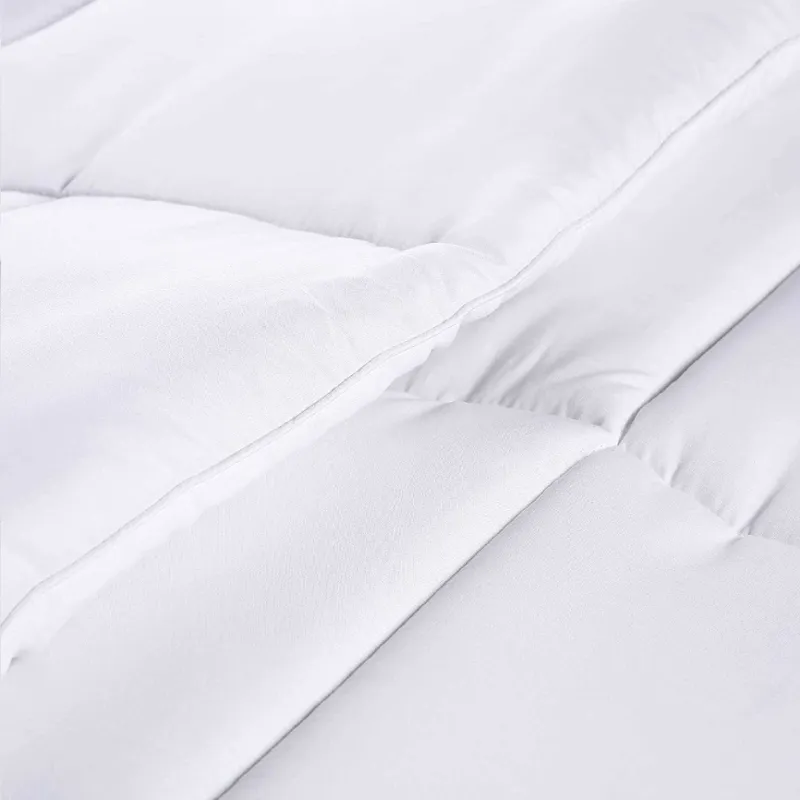polyester fabirc
Understanding Polyester Fabric Versatility and Benefits
Polyester fabric has become one of the most widely used textiles in the world, thanks to its remarkable properties and versatility. Developed during the early 20th century, polyester has since evolved into a popular choice for various applications, from clothing to home furnishings and industrial uses. In this article, we will explore the characteristics, advantages, applications, and sustainability aspects of polyester fabric.
Characteristics of Polyester Fabric
Polyester is a synthetic fiber derived from petroleum-based products. Its production process involves polymerization, where ethylene glycol and terephthalic acid undergo a chemical reaction to form long molecular chains. This process results in fibers that are strong, durable, and resistant to stretching and shrinking.
One of the defining characteristics of polyester fabric is its excellent resilience. It can recover its shape quickly after being stretched or wrinkled, making it ideal for garments that require a neat appearance. Additionally, polyester is inherently water-resistant, which allows it to dry quickly, a feature appreciated in both outdoor gear and everyday clothing.
Polyester fabric comes in various forms, including woven, knitted, and blended variations. This adaptability enables manufacturers to create textiles that can mimic the look and feel of natural fibers like cotton and silk while incorporating the durability and ease of care that polyester offers.
Advantages of Polyester Fabric
One of the primary benefits of polyester fabric is its low maintenance requirements. Unlike natural fibers that can shrink, fade, or require special care, polyester is machine washable and resistant to color fading. This makes it a convenient option for busy individuals and families.
Furthermore, polyester is known for its affordability. The cost-effectiveness of polyester fibers makes it a popular choice for mass-produced clothing and home textiles, allowing consumers to enjoy stylish products without breaking the bank.
Polyester is also highly versatile in terms of applications. It can be used alone or blended with other fibers to enhance specific qualities, such as breathability or softness. Its resistance to mildew and wrinkling makes polyester a preferred fabric for outdoor clothing, activewear, and home textiles like curtains and upholstery.
polyester fabirc

Applications of Polyester Fabric
The applications of polyester fabric are vast and varied. In the fashion industry, polyester garments range from casual wear to formal attire, with many designers utilizing blended fabrics to achieve desired textures and draping effects. Activewear brands often favor polyester for its moisture-wicking properties, which keep wearers dry during exercise.
Additionally, polyester is extensively used in home textiles. From bed linens to cushion covers, the fabric is appreciated for its durability and ease of care. In recent years, the interior design industry has seen a surge in the use of polyester blends that offer aesthetically pleasing designs while maintaining practical benefits.
In the industrial sector, polyester fabric is employed in various applications, including filtration systems, automotive interiors, and protective clothing. Its strength and resistance to environmental factors make it suitable for demanding conditions.
Sustainability of Polyester Fabric
As the textile industry faces scrutiny over its environmental impact, the sustainability of polyester fabric has come into focus. While traditional polyester is derived from non-renewable resources, recycling initiatives have gained momentum. Recycled polyester, made from post-consumer plastic bottles and other waste, provides a way to reduce landfill contributions and lessen reliance on virgin materials.
Consumers can also play a role by choosing products made from recycled polyester and supporting brands committed to sustainable practices. Innovations in production processes continue to emerge, aiming to minimize water usage, energy consumption, and chemical waste.
Conclusion
Polyester fabric is an impressive textile that has ingrained itself in modern life through its myriad applications and benefits. From fashion to home furnishings and beyond, its durability, versatility, and ease of care make it a popular choice across the globe. As sustainability becomes a focal point in the industry, the ongoing development of recycled polyester provides a hopeful pathway towards reducing the environmental footprint of one of the world's most utilized fabrics. Understanding polyester fabric's characteristics and its role in various sectors is essential for anyone interested in textiles and fashion.
-
Elevating Comfort and Quality with the Right Bed LinenNewsJul.07, 2025
-
Bedding Essentials: From Percale Sheets to White Quilts, Finding Your Perfect Sleep HavenNewsJul.07, 2025
-
Choosing the Right Bedding for a Comfortable and Stylish BedroomNewsJul.07, 2025
-
Understanding the Diverse World of Towel TypesNewsMay.29, 2025
-
The Ultimate Comfort: Discover the Benefits of Polycotton SheetsNewsMay.29, 2025
-
Experience Luxury with 1800 Brushed Microfiber SheetsNewsMay.29, 2025
-
Elevate Your Sleep with Luxurious Hotel Sheets for SaleNewsMay.29, 2025






